It’s irritating when people call it “the Ukraine.” The nation is simply Ukraine.
The common use of “the” article is a hard habit to shake for Westerners, who got used to “the Ukraine” as a way to describe the territory when it was part of the Soviet Union. That’s just one example of the world’s ignorance about Ukraine.
Here are 10 common misconceptions:
Ukraine is dangerous
Russia launched its ongoing war against Ukraine in the eastern Donbas, 700 kilometers southeast of Kyiv, in 2014. More than 13,000 people have been killed. Casualties have become fewer since 2015, with the advent of periodic ceasefires and unfulfilled agreements to end the war. While the front line is dangerous, the rest of the country is safe. Outside of Kremlin-occupied parts of the Donbas and Crimea, the war has not touched Ukraine’s cities and villages, where life is calm and vibrant.
Ukraine is in a civil war
Russian propaganda tries to disguise its military aggression in eastern Ukraine and make it seem like Ukraine is fighting a civil war. This is completely false. The presence of Russian soldiers has been irrefutably documented. Ukraine has detained Russian soldiers on its territory many times. Russians have acknowledged receiving corpses of slain soldiers. A Russian missile launcher brought down Malaysia Airlines Flight MH17 in 2014, killing 298 passengers. The militants fighting against Ukrainian troops in Donbas are all dependent on leadership and funding from Russia. International organizations such as the Organization for Security and Cooperation in Europe (OSCE) consider Russia to be a party involved in the war. Russia’s use of propaganda is another facet of the war, sowing misinformation and trying to turn Ukrainians and their allies against one another.
Ukraine is part of Russia
On July 13, Russian President Vladimir Putin published an article portraying Ukraine and Russia as one nation, implying that the two countries together make up “one Russian world.” Unfortunately, this false belief has found purchase in some parts of the world.
In fact, Ukraine and Russia are two different countries and people. Ukraine’s history dates back to the times of the Kyivan Rus, a 9th century state that predated the Grand Duchy of Moscow. Though Ukraine has often been torn between its neighbors, it has had periods of independence — most prominently during the Cossack Era. The Ukrainian language and cultural heritage are distinct.
It’s true that Ukraine and Russia share a common past under the Russian Empire and later, the Soviet Union, which gave them some common cultural ground. Even so, Ukraine persistently tried to break free. In 1991, it finally declared independence, supported by 92% of votes in a nationwide referendum. In 2014, Ukraine ousted a pro-Kremlin president, once again proving its desire to stand apart from Russia.
Crimea was always Russian?
The Russian leadership portrayed its illegal annexation of Crimea in March 2014 as the long-awaited “return” of the peninsula to its proper home. The Kremlin’s argument that Crimeans have always wanted to be a part of Russia is based on an illegal sham referendum and the systematic oppression of dissent that still continues to this day. Both the United Nations and the OSCE declared the referendum illegitimate. More than 135,000 of the nearly two million residents have fled Crimea since the peninsula was seized by Russia during a military invasion.
While Russia argues that Crimea has always been a part of Russia, less than 6% of Crimea’s written history from the 9th century to today is tied to Russia. By 2014, the peninsula belonged to Russia for only a total of 168 years. Crimea was controlled by Soviet Ukraine longer than by Soviet Russia. And contrary to the popular belief that Crimea was a gift to Ukraine in 1954, the transfer was made to improve the peninsula’s poor economy resulting from water scarcity and a dearth of farming.
Radiation from Chornobyl
In the early hours of April 26, 1986, the Pripyat become the site of the worst nuclear power accident in history. The explosion of reactor 4 at the Chornobyl Nuclear Power Plant claimed 31 lives and exposed thousands of people to harmful or fatal radiation. To this day, Chornobyl is the first thing many people think of when Ukraine is brought up. Now, 35 years later, people living outside the Chornobyl exclusion zone have nothing to worry about. The majority of radioactive material has been removed or buried and the government regularly monitors radiation levels. Kyiv, 104 kilometers south of Chornobyl, is safe. The exclusion zone has been opened for public tours in 2011, when authorities deemed it safe to visit. Today, most tours are day trips but there’s also the possibility to stay overnight in a small hotel nearby.
‘Third-world’ country
Despite being one of the poorest countries in Europe, Ukraine has never been considered a third-world country. The term was used during the Cold War to distinguish countries in Asia and Africa that weren’t aligned with the United States or the Soviet Union. And since Ukraine was part of the Soviet Union at the time, it would be historically incorrect to call it a “third world country.”
Today, the outdated and offensive term is used to describe the poorest and underdeveloped countries. While Ukraine’s GDP per capita of $3,653 in 2020 is low compared to the rest of Europe, it’s higher than in the poorest parts of the world. Ukraine ranked 74th out of 189 countries in the United Nations’ Human Development Index that measures the locals’ ability to live a long healthy life. The country is also highly educated and technologically advanced.
Agricultural nation
Long known as the “breadbasket of Europe” for having black fertile soil, agriculture undoubtedly plays a major role in the Ukrainian economy. But Ukraine is also home to one of the world’s largest iron ore deposits, making the country the 7th biggest producer and 5th biggest exporter of iron ore in the world. The two main industries, agriculture and metallurgy, were mostly unaffected by the pandemic and helped the country perform better than expected last year.
In 2020, exports of Ukrainian goods amounted to $49.3 billion — $18.6 billion (38%) came from trade in agro-food products and $4.42 billion (9%) from selling heavy industries abroad. While agriculture still dominates Ukraine’s economy, other industries such as its booming IT sector are pulling the country forward as well.
Ukrainian = Russian
Foreigners often make the mistake that Ukrainian and Russian are very similar to each other. While Russian is widely spoken in most parts of Ukraine, the two languages are as different as German and English with a lexical similarity of approximately 60%. Both Ukrainian and Russian are colloquial languages with an origin that can be traced back to the Kyivan Rus.
The two languages developed apart from each other and underwent different influences. Tribes to the east came under the rule of the Grand Duchy of Moscow and formed various dialects, including Russian. During the reign of Peter the Great, the Russian language also adopted many words from French and other European languages. Meanwhile, tribes to the west were governed by Polish-Lithuanian nobility prior to the 18th century, with Ukrainian being among the dialects created. The vocabulary used in Ukrainian is more similar to Polish (70%), Slovak (66%) and Belarusian (84%) than to Russian (62%).
Women & rich foreigners
It’s undeniable that foreign men sometimes fall victims to romance scams orchestrated by Ukrainian women. Women in Ukraine have a reputation for being beautiful but it’s important not to forget the fact that they are also known to be intelligent and hard-working. An increasing number of them have become financially independent over the past few years and there is nothing stopping them from taking up management positions. While some continue to chase rich foreigners, as do people in many countries, it would be wrong to assume that it’s the case for all Ukrainian women.
It’s very cold
It’s a common mistake foreigners make when they come to Ukraine — packing a lot of winter clothes thinking that it will be very cold. Ukraine mostly has a temperate climate with cold winters and hot summers. The country has been experiencing a change in weather patterns over the last few decades. Winters have become milder while summers are now far warmer and drier. There have been more cases of drought and the temperature may reach 40 degrees Celsius on hot summer days. The warmest days are in July and the cold season typically starts in November.
You can also highlight the text and press Ctrl + Enter


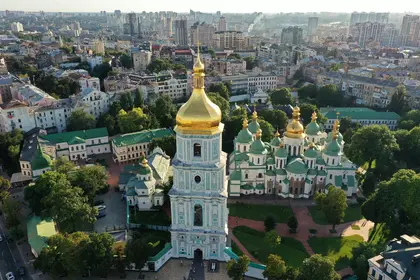
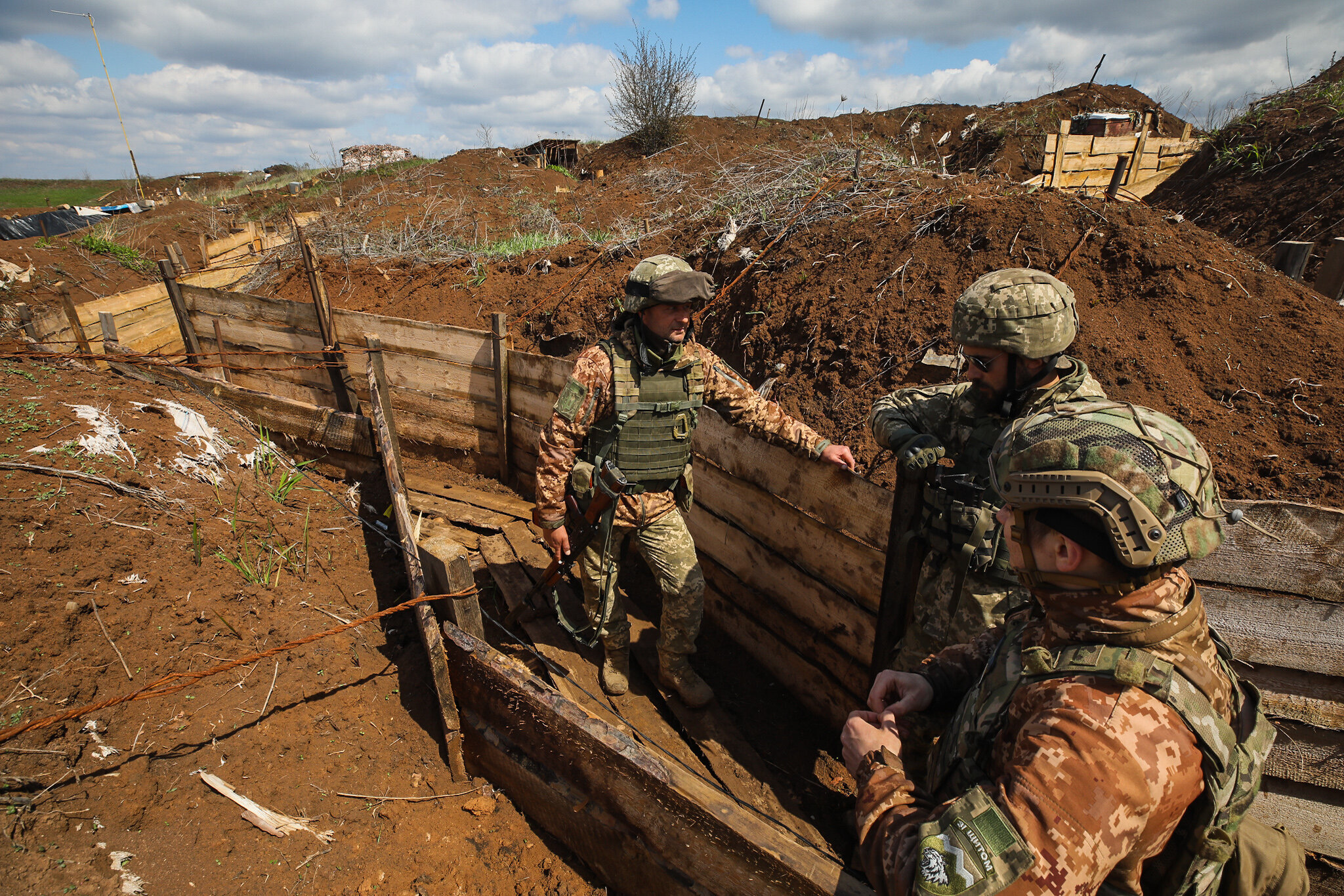
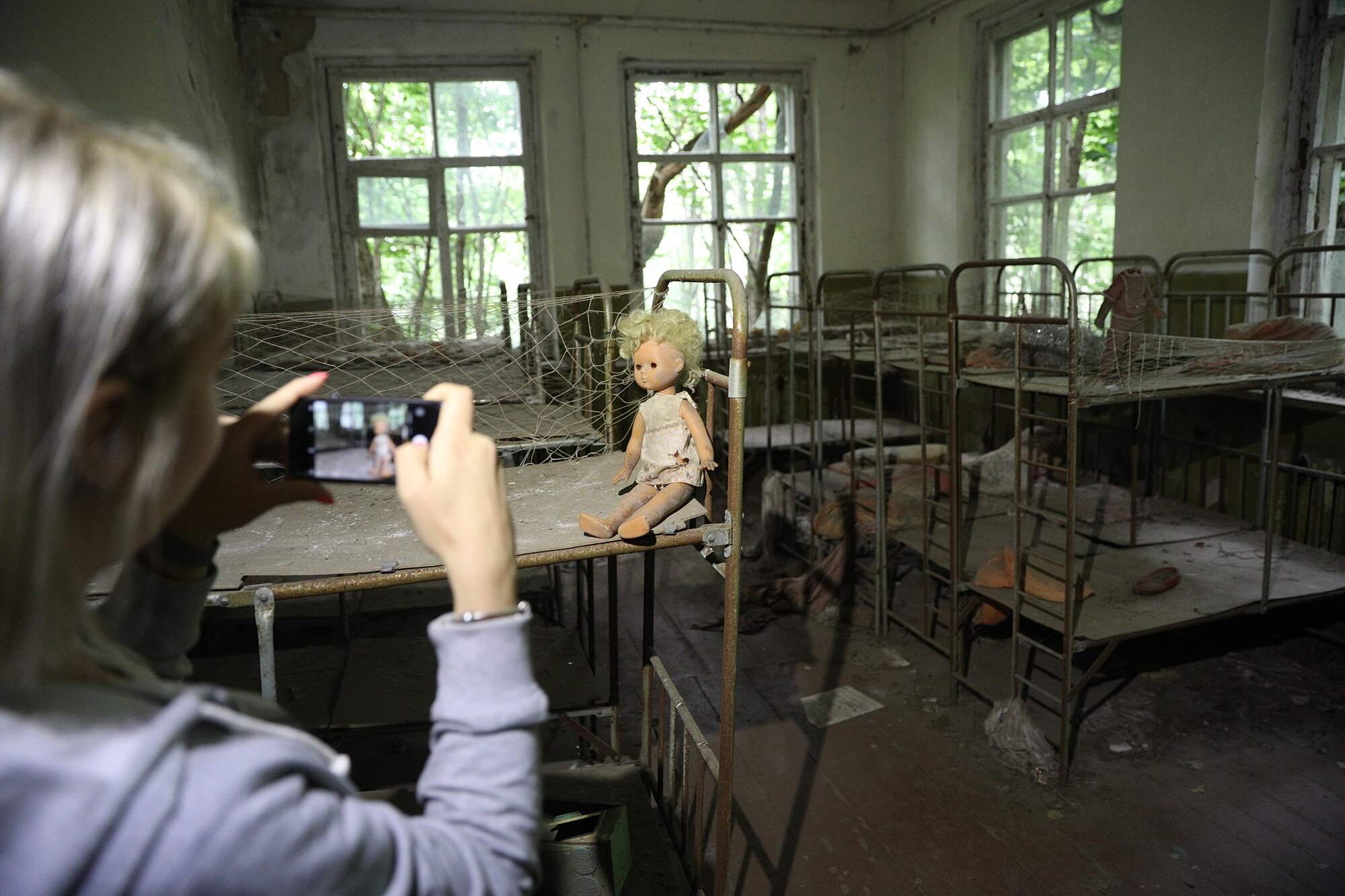
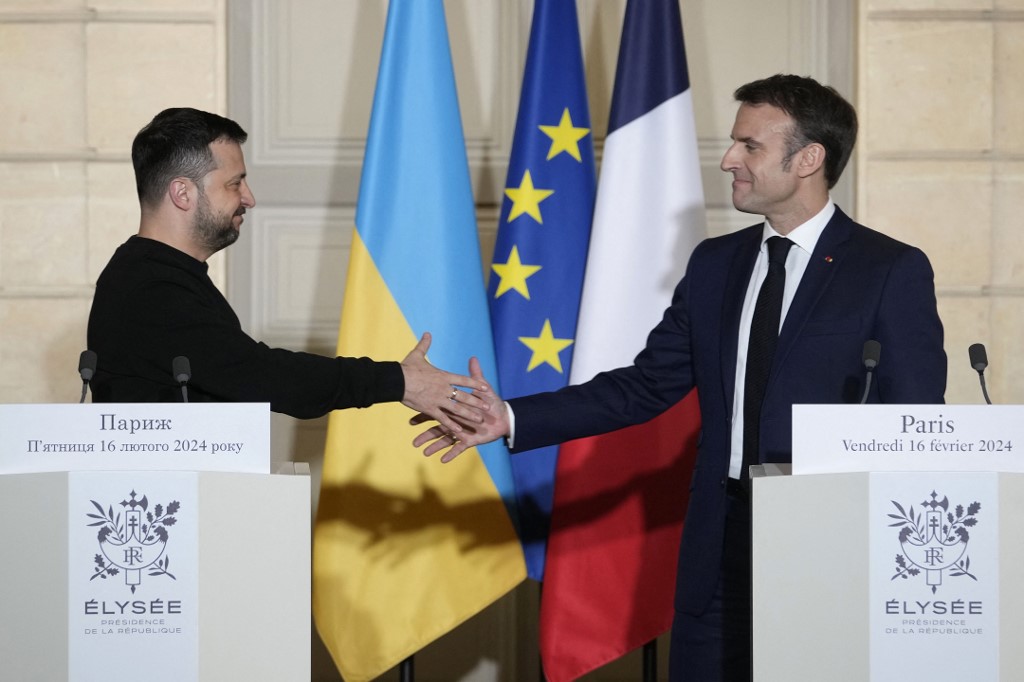
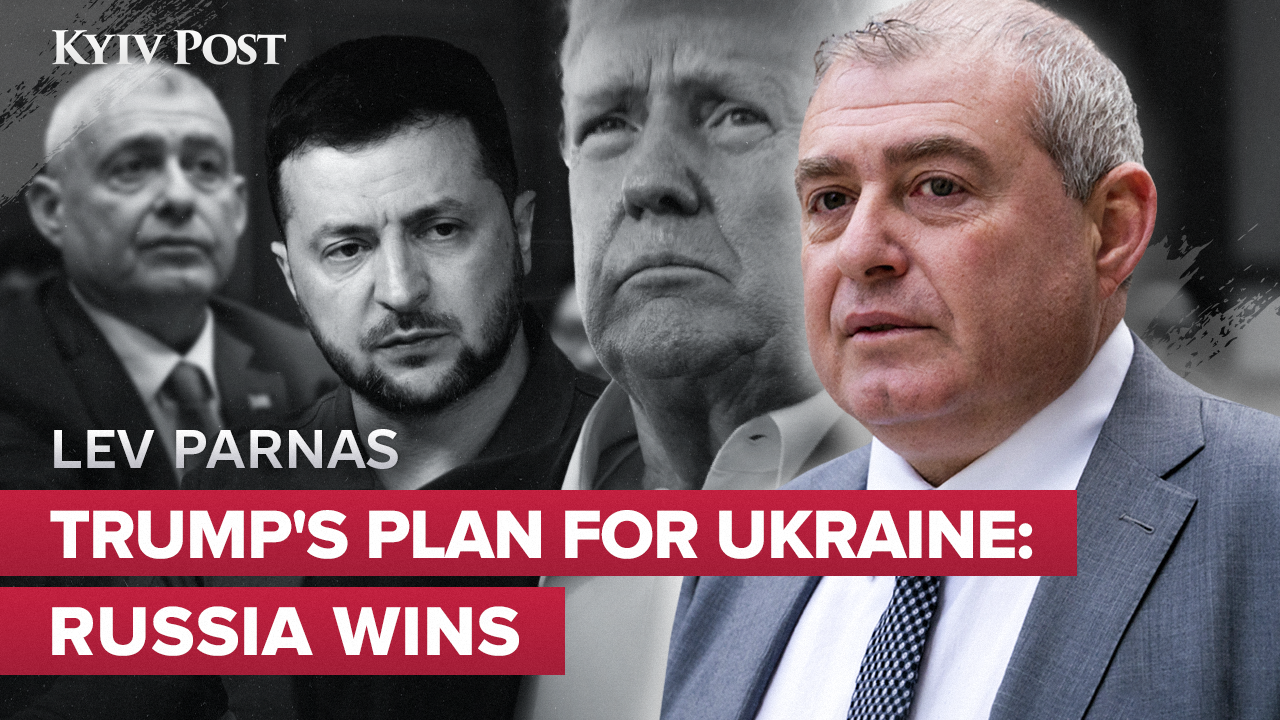
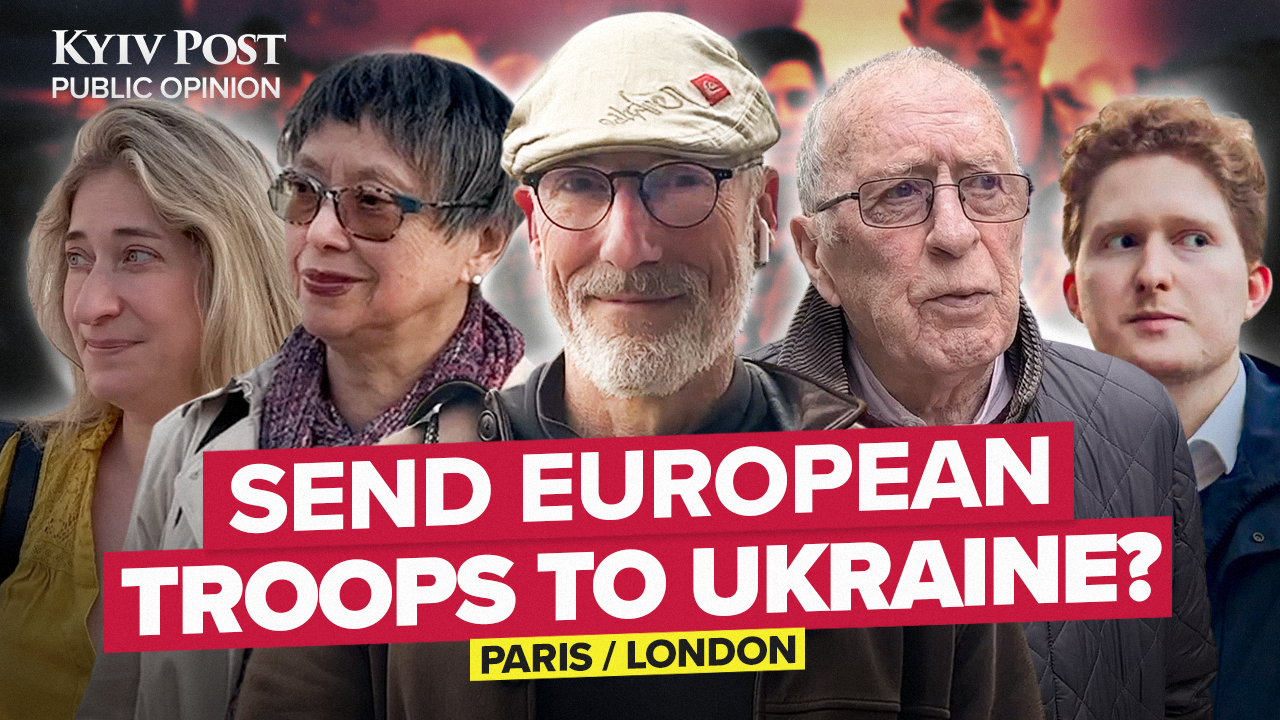


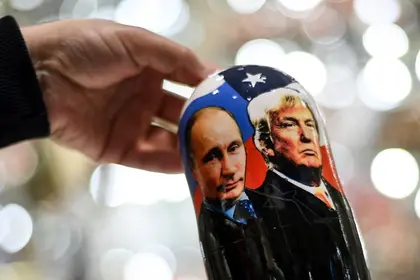

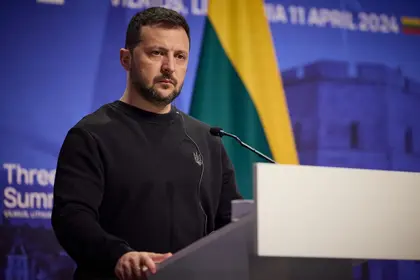
Comments (0)